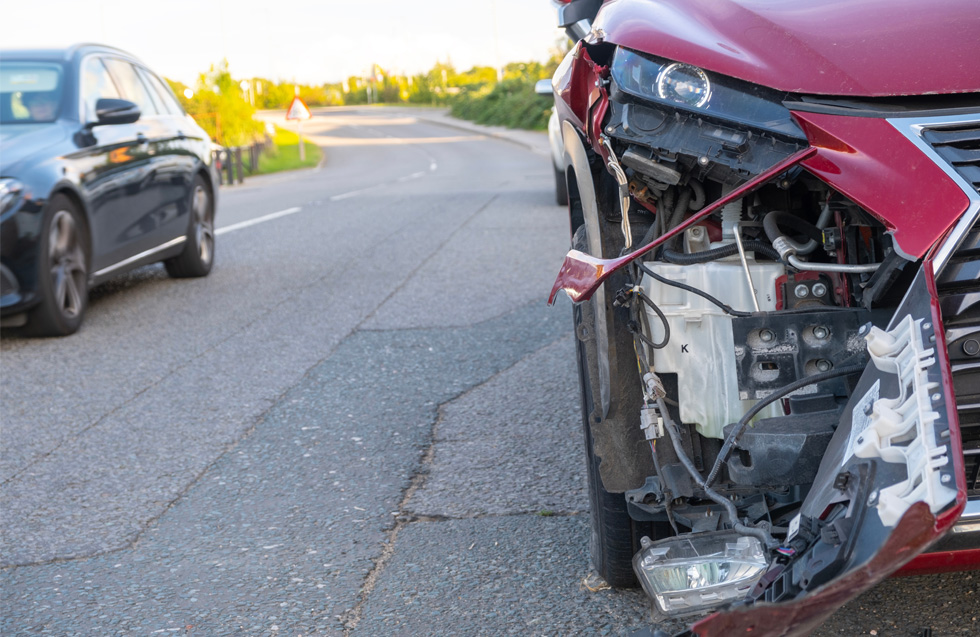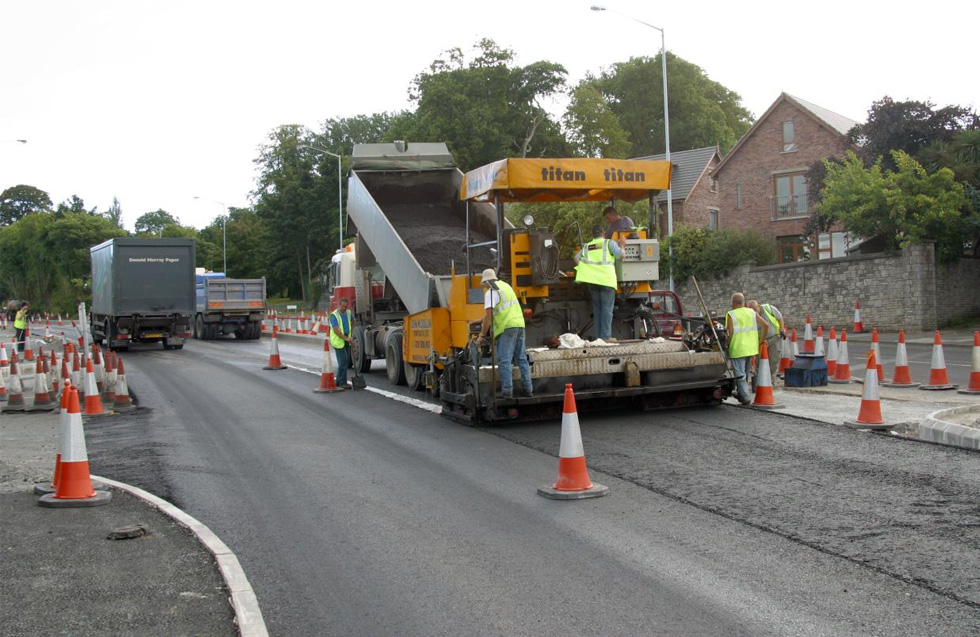The Department for Transport has unveiled plans for the third Cycling and Walking Investment Strategy (CWIS 3), which it said will be the first ‘locally-designed national strategy'.
With the 10-year investment plan, ministers said they hope to make 'walking, wheeling and cycling safe, easy and accessible for everyone by 2035'.
The Government outlined two new objectives for CWIS3 to support this long-term vision: to ensure people are safe to travel actively and secondly that people feel it is an easy choice.
The DfT also committed to making a ‘fundamental shift in how active travel aspirations are created, delivered and integrated'. Mayors from 12 different cities signed a ‘landmark' joint statement to work with the DfT and Active Travel England (ATE) to create an ambition for the country:
- Giving 20 million more people who live in those areas the opportunity to get active daily
- Creating over 3,500 miles of safer routes connecting schools, neighbourhoods, high streets and transport hubs.
In a joint statement, Heidi Alexander, secretary of state for transport, and Lilian Greenwood, active travel minister, said: ‘With our support, councils can integrate walking, wheeling and cycling into their broader transport plans and set bold, inclusive targets. Through ATE, the government will back ambition and ensure consistently high standards for active travel infrastructure across the country.'
The draft CWIS outlines several national KPIs for the CWIS, along with separate performance indicators for local transport authorities (LTAs) and ATE.
The proposed national KPIs are:
- Increase the percentage of people who achieve 150 minutes of activity a week through active travel by 2030 (Active Lives Survey)
- Increase the percentage of walking and cycling stages per person by 2030 (National Travel Survey)
- Increase the percentage of walking and cycling trips per person to and from school (primary and secondary) (National Travel Survey)
- Decrease the rate of cyclists/pedestrians killed or seriously injured on England's roads, measured as the number of fatalities and serious injuries per billion miles walked and cycled (Road Safety Statistics)
- Decrease the percentage of people walking/cycling concerned about safety (National Transport Attitudes Survey and National Travel Survey)
The proposed performance indicators for LTAs are:
- Reduce the number of pedestrians/cyclists killed or seriously injured (KSI)
- Percentage increase in travel stages taken by walking, wheeling and cycling
- Increase in miles of compliant new/improved active travel network delivered
- Maintained or improved active travel capability rating
DfT officials said ATE would work with the next wave of mayoral-led strategic authorities and local authorities to help them develop their own local targets for active travel based on the ATE Model of Active Travel England (MATE).
To assist with this, the Government has proposed the following ATE performance indicators:
- Improved local authority active travel capability ratings
- Percentage of average increase in scheme quality
- Percentage of planning applications within our thresholds responded to within the statutory timescale
- Increased number of people actively engaged via activation programmes (including Bikeability)
- Increased percentage of ATE capital projects completed on schedule
- Increased number of trained active travel professionals/local authority officers
The consultation period for these proposals was launched on 3 November and will run until 15 December 2025.
More information on the consultation can be found here.

























